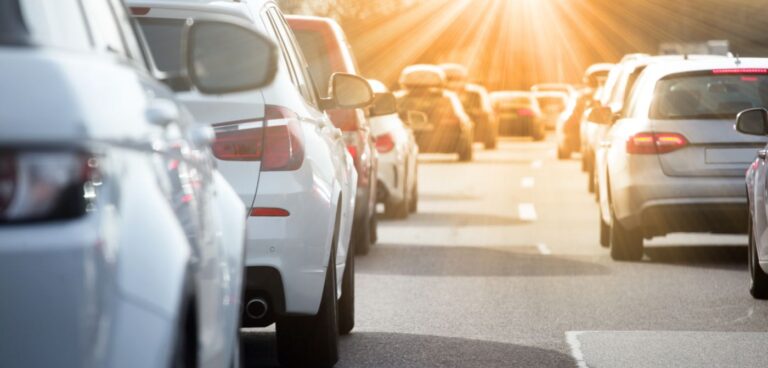To reduce air pollution from newly produced vehicles in the EU, the European Commission has presented a proposal for Euro 7 standards which meets the European Green Deal’s zero-pollution ambition.
With road transportation the biggest source of air pollution within cities, the Commission’s newly proposed Euro 7 standards will ensure that air quality in these areas improves through cleaner vehicles being on the roads.
The Euro 7 emissions standards will require automotive OEMs to build cars, vans, lorries and buses that are more environmentally friendly than before to improve the conditions for people living within built-up locations. Vehicles will have to adhere to these standards under real driving conditions and for an extended period compared to the current regulations.
In addition to tackling emissions from vehicle tailpipes, the Euro 7 standards will also address emissions from brakes and tires. Furthermore, the standards will contribute to achieving the new stricter air quality standards proposed by the Commission on October 26, 2022.
The new requirements based on the Euro 7 standards will replace the current Euro 6 rules for cars and vans, and the Euro VI for lorries and buses. Euro 7 will also bring emission limits for all motor vehicles under one set of rules, and will be fuel and technology neutral.
As outlined by the European Commission, Euro 7 will help to maintain better control of emissions and air pollutants from new vehicles, with updates and limits for these emissions being tightened further. Limits will also be introduced for particulate emissions from brakes and rules will be set for microplastic emissions from tires.
Under current Euro 6/VI rules, all vehicles must comply with the regulations for 100,000km and five years. The new Euro 7 regulations, however, state that a vehicle has to comply for 200,000km and 10 years. The deployment of electric vehicles will also be explored, in addition to using digital technologies to ensure that vehicles are not tampered and using sensors within the vehicle to measure emissions throughout its entire lifetime.


